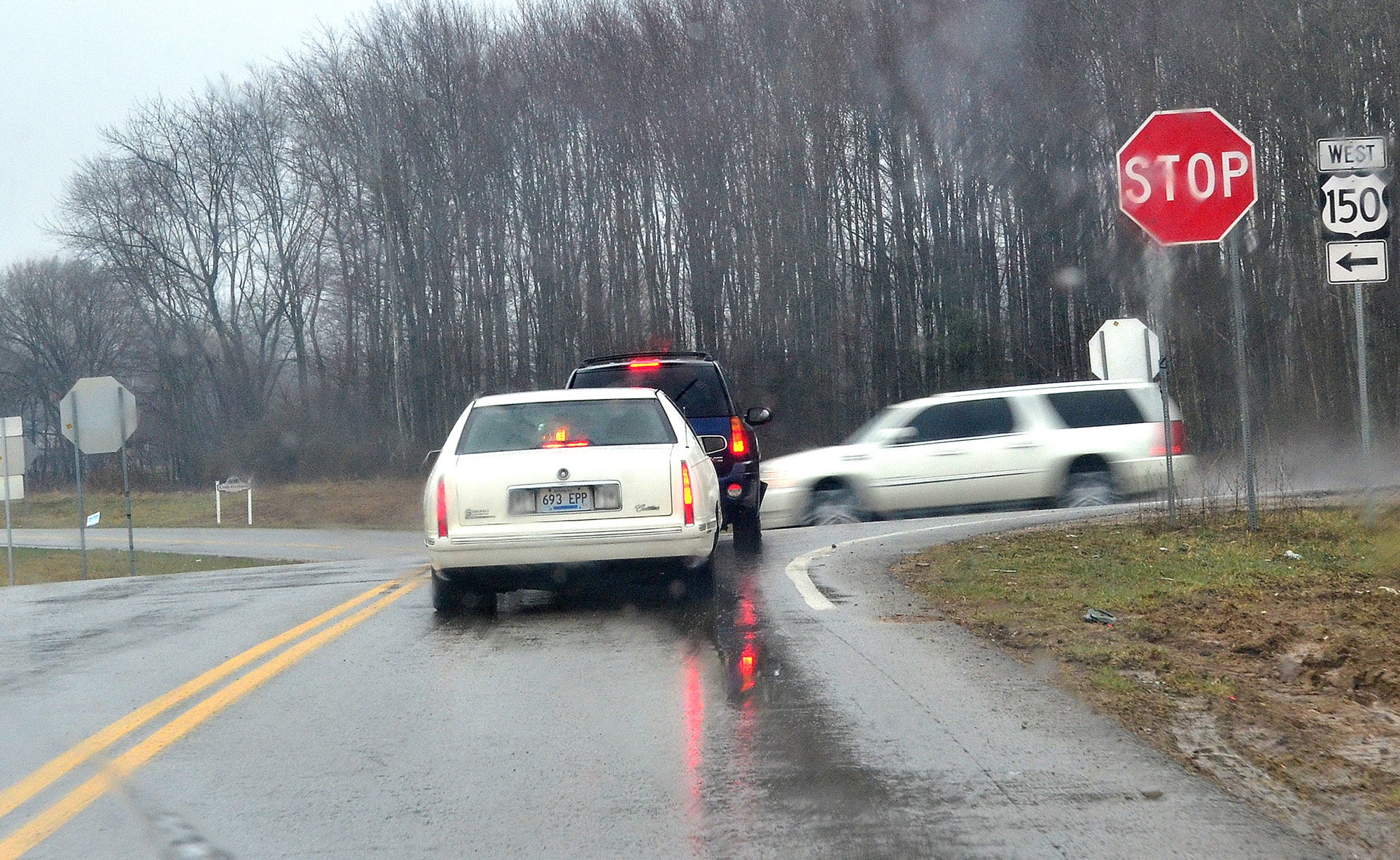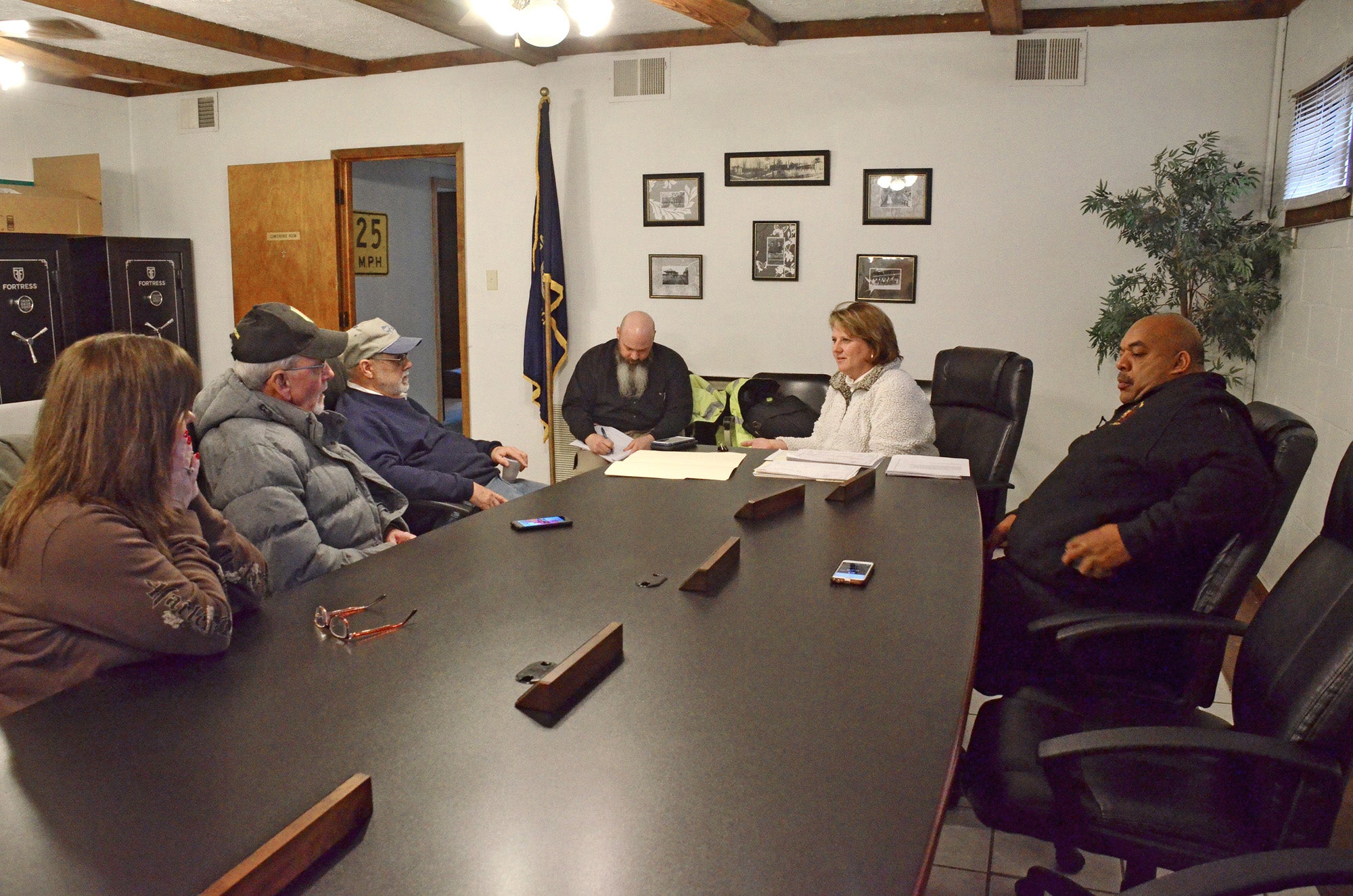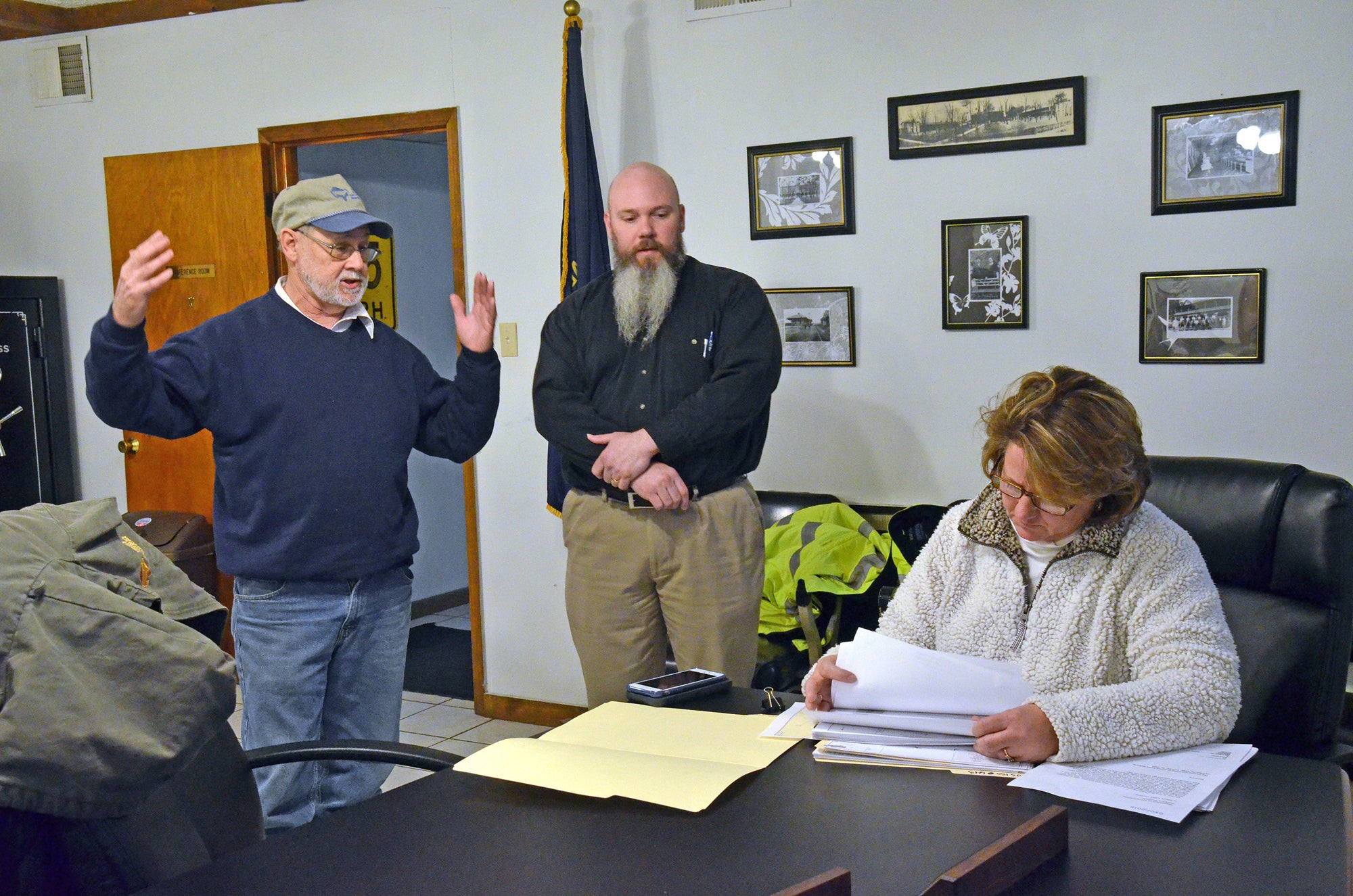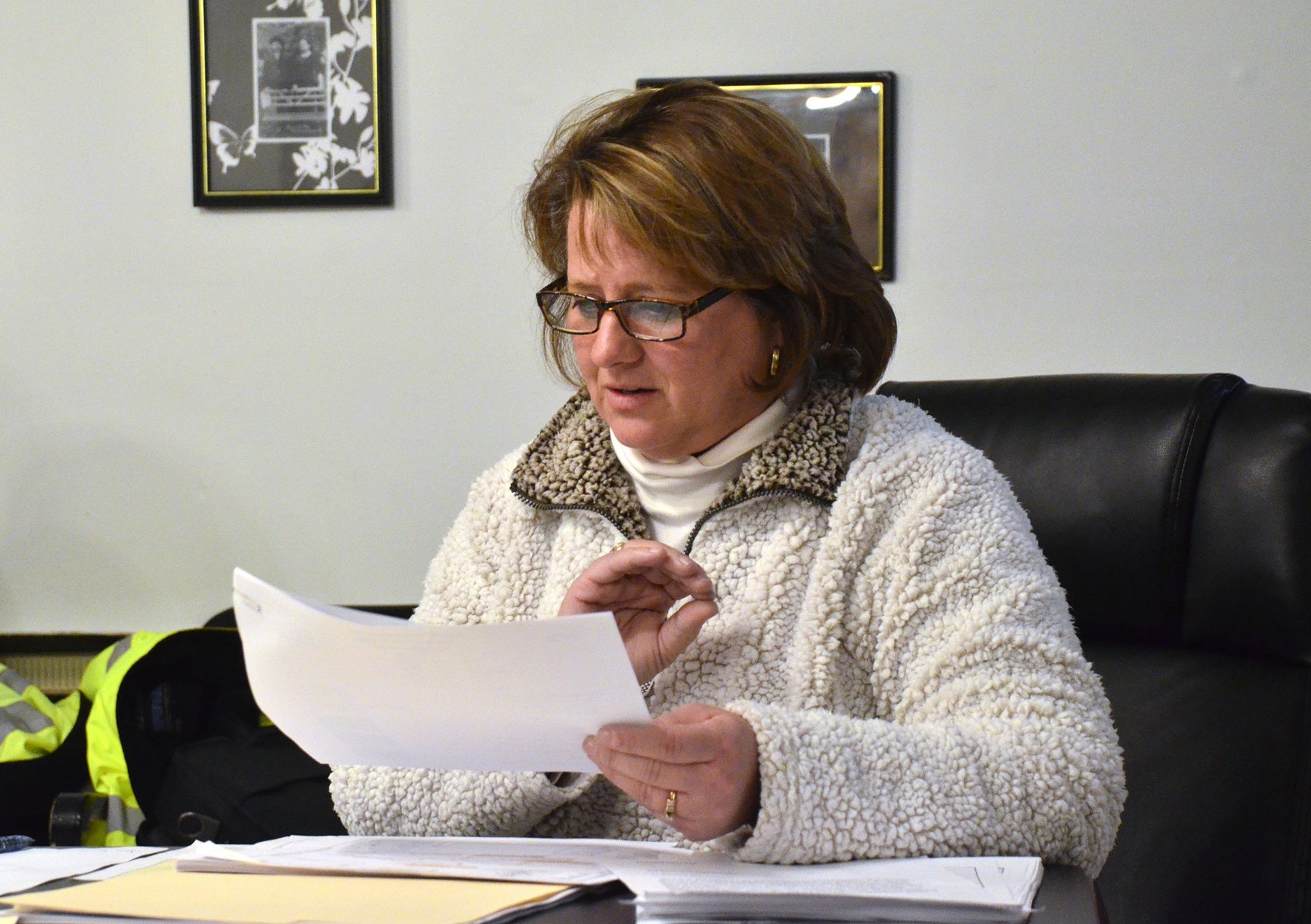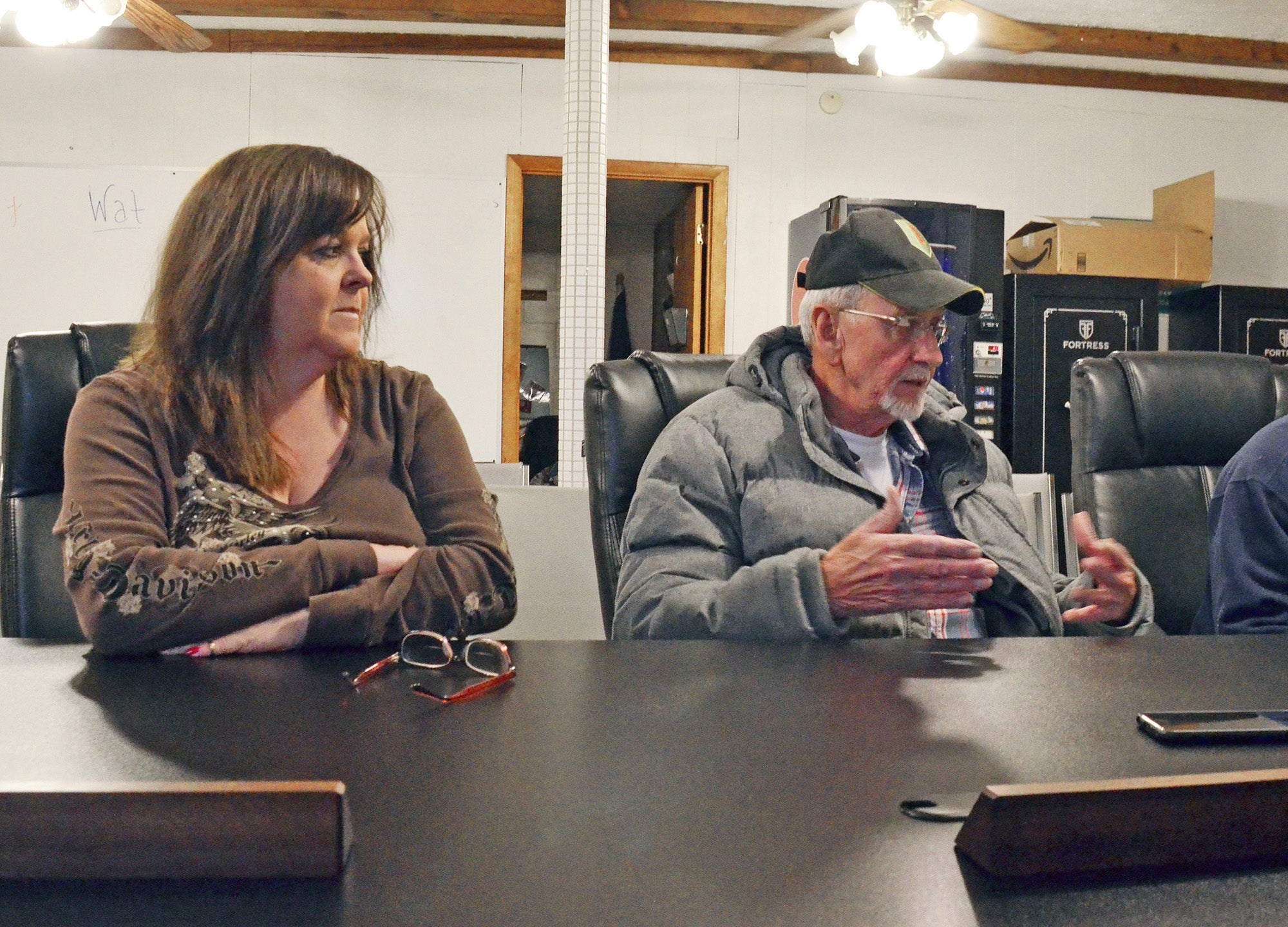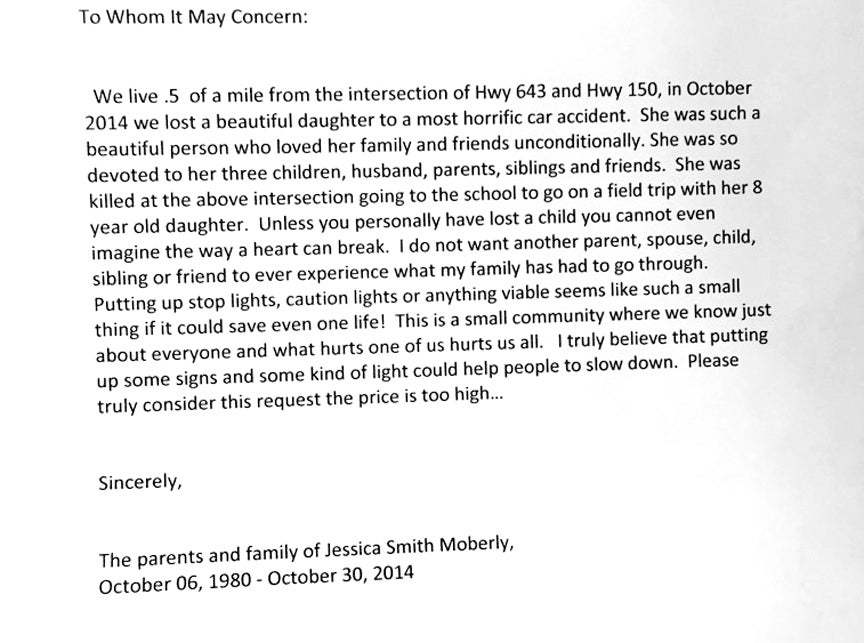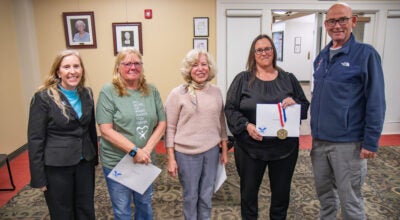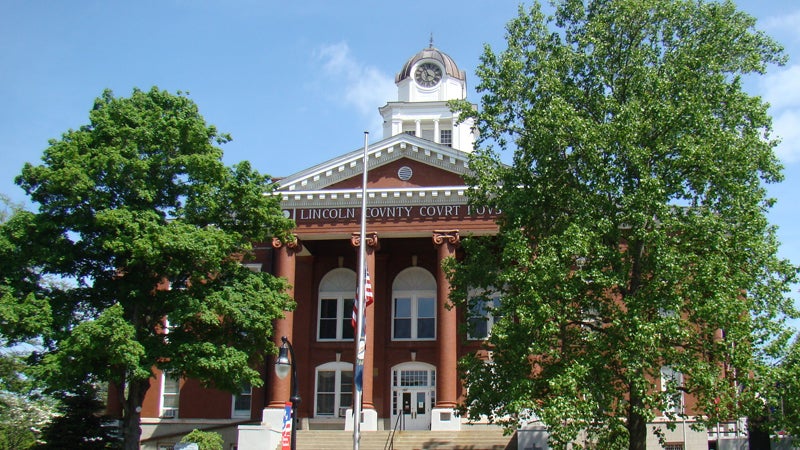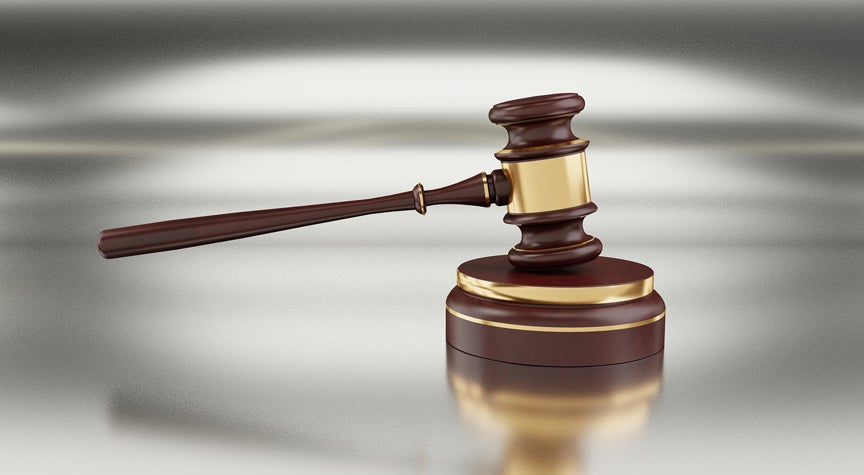Crab Orchard residents ask for caution lights at dangerous intersection; state says no
Published 1:38 pm Thursday, March 14, 2019
CRAB ORCHARD — Crab Orchard residents were hoping to get a caution light at two of the most dangerous intersections in town. But the Kentucky Department of Transportation has other ideas.
Multiple fatality accidents in recent years have led to the demand for some type of lighting at the KY 39-U.S. 150 and KY 643-U.S. 150 intersections. That demand took a big step forward on Feb. 12 when Crab Orchard resident and former City Commissioner Jerry Shelton asked Gov. Matt Bevin what he could do to help the situation during his visit to Stanford for a community forum.
“I saw an opportunity to say something and bring it up here,” Shelton said. “We’ve sat here for years and talked about this over and over and over.”
Bevin told Shelton he would get his people with the Kentucky Transportation Cabinet to look into the issue. And he did. Tamra Wilson, Chief District Engineer for District 8, and Conley Moren, Transportation Engineering Branch Manager, came to Crab Orchard City Hall Friday to discuss the results of their study of the situation.
While Shelton and several other Crab Orchard residents, including Mayor Billy Shelton, City Clerk Nancy Baker and Crab Orchard Fire Chief Larry Owsley, were seeking the possible addition of caution lights at the intersections, the KYDOT officials said they didn’t believe a caution light was the answer.
“As far as a caution light, at this time I wouldn’t recommend a caution light to be placed here,” Wilson said. “The accidents that are occurring, we have a lot of them where when we go through and read them, they say that the vehicle stopped and then entered the road. They’re actually seeing the stop sign. They’re actually acknowledging that the stop sign is there and then they are entering the roadway.”
Wilson’s response drew a quick retort from Jerry Shelton.
“But there’s always two people involved. Speed is …,’” he said.
And Wilson answered, “That’s where I was going next.”
“Go ahead. I’m just too damn excited,” Shelton said apologetically. “We just don’t understand why we have those wrecks out there and out here. I can’t figure it out.”
“No, it’s good that people are heartfelt about their area and want to see change and affect the change, so I have no problem with coming and discussing this in that way,” Wilson said. “But, again, analytically you look at it to see what’s causing it. They’re pulling up and they’re stopping and then they go ahead and pull out in front of them. Likely they may not be judging the speed correctly. We’ve done a speed study here. We did it in 2016. We haven’t done one recently, but I would likely say that there’s not a lot of change in people just picking up speed randomly. The speed study was 62 in the 85th percentile speed on that roadway, so there is a problem with excessive speed in this area. You have people traveling over the posted speed.”
Wilson said that enforcement could help with the issue of speeding along U.S. 150.
However, in KYDOT’s study of the intersections, Wilson said she took special note of one particular statistic.
“Another thing that stands out to me in the details that we look at in looking at all the crashes, putting them on this crash diagram to show us visually what’s going with the intersection, is that the majority of your accidents are not happening from the 39 side coming from Pulaski County into Crab Orchard. They are actually coming from the smaller distance coming from Crab Orchard getting onto 150,” she said. “You have the majority of your accidents from what you would presume to be local citizens. And so they are aware that the intersection is there. That was intriguing to me when we go back and review these. You would assume that the accidents may occur if they weren’t noticing the intersections, that they would be coming from the area you travel 20-25 miles before coming to a stop sign. But that is not the case. That’s a little perplexing because they don’t have time to build up speed to just blow through it. It follows then that they are stopping, they’re just pulling out in front of vehicles.”
Shelton, puzzled by Wilson’s information, asked pointedly, “So you are saying that, at (KY) 643, the majority of the accidents happen before they cross 150? I don’t think that’s true.”
“In the last five years …” Wilson started to respond before noting that she had incorrectly quoted information off six reported accidents at the intersection pulled from recorded police data. “There is one more accident that occurred on the (KY) 643 side away from town coming into town, so that is incorrect. So you have one more recorded. That’s not overwhelmingly one way or the other.”
While the KYDOT nixed installing caution lights at the intersections, Wilson did offer measures to address the issue.
“The countermeasures that I think that we need to take a look at is, we do have crossroads signs up on the main line. We can oversize those crossroads signs on the main line to say, ‘Hey, there’s an intersection coming up. Please slow down,’” she said. “We already have that countermeasure, it’s just not oversized. So we can oversize and make that sign a little bit bigger. Additionally, we will add, and I don’t know how many in Lincoln County we have, but we have, in some of our areas where we want to intensify our notice of that sign, put the reflective strips down the post. So, it doesn’t seem like much, but when we’ve put that up I think it’s been very effective. I think it’s impactful.”
The current crossroads signs at the KY 39-U.S. 150 and KY 643-U.S. 150 intersections measure 36 inches. The oversized signs will be 48 inches.
“So we will do that on both of the intersections on the main line because it sounds like to me that the main line is one of the major problems. That you have the high speed and you have people not noticing,” said Wilson. “So, if we can get the speed down, possibly we can assist those drivers pulling out being able to gauge what speed people are traveling.”
Moren, who said the reflective strips improved visibility in the day as well as at night, stressed that the Transportation Cabinet’s job is to find a solution that is “applicable for the most situations at a cost-effective measure.”
“That’s what our job is at the Transportation Cabinet, is to ensure the safety of the driving public. That’s our No. 1 mission statement,” said Wilson.
There was more than one type of lighting discussed during Friday’s meeting. In addition to caution lights, street lights were also brought to the table.
“It’s really dark down on the 39 end, very dark,” Nancy Baker said. “Like the intersection at (KY) 39 and (KY) 1770 … it’s like an airport and they get nowhere near the traffic that (U.S.) 150 does.”
Fire Chief Larry Owsley echoed Baker’s concern on the dark intersections.
“Even if there’s a no on the caution lights, which I don’t see how there could be, that’s just my opinion …. But the intersections are so dark,” he said. “I mean, at least street lights or something at the intersections would be better. It’s not going to make a difference during the day, though.”
“Maybe if it was lit up a little bit better you might be able to see a vehicle, shadow or something,” Baker added. “It is just very, very dark.”
Wilson said adding street lights is a definite possibility, but the city would have to cover that cost. “That’s something that indeed you could do through a permit process, is you could do overhead lighting. The lighting, as far as the Transportation Cabinet’s funds for overhead lighting in these rural areas, we don’t often see that,” she said. “The monies aren’t there to be able to put overhead lighting. Even in Somerset city and Stanford, those lights are not the state’s. In those situations, they are the city’s. I don’t see us being able to fund those lights, but you are more than welcome to put a permit in for those lights.”
Mayor Billy Shelton said the city is willing to pay the electric bill.
“We all agreed here that we (city) could pay the electric bill. That’s no big thing. Just getting it approved and put in,” he said.
When Baker voiced concern over the street light permit request not going through, Wilson said she was not aware of any request for street lights being denied.
Before the meeting concluded, Wilson was asked what other countermeasures she could suggest to improve safety at the intersections.
“One of the things on KY 39 and (U.S.) 150 is, unfortunately, our right-of-ways are large through there and, unfortunately, people take advantage of those right-of-ways,” Wilson said. Often times we’ll see people put up a fruit market, put a yard sale or various things there. So any assistance you can have in keeping those away from those intersections and any other intersection will help.”


